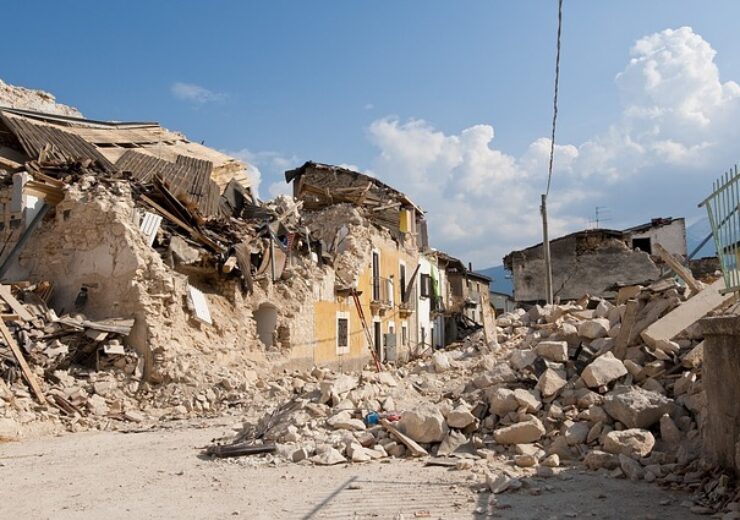Dubbed RECAST, the new model utilises larger datasets and deliver greater flexibility than the existing model standard and is said to be flexible and possesses self-learning capability with its potential to scale allowing it to translate larger datasets and make better forecasts during earthquake sequences

Researchers unveil new deep learning model trained on NVIDIA GPU workstations to improve earthquake predictions. (Credit: Angelo Giordano from Pixabay)
Scientists from the Universities of California at Berkeley and Santa Cruz and the Technical University of Munich have unveiled a new deep learning model trained on NVIDIA GPU workstations to enhance the forecasting of earthquakes.
The new model, which has been named RECAST, can leverage larger datasets and deliver greater flexibility than the existing model standard, ETAS.
The RECAST research team includes Kelian Dascher-Cousineau, Oleksandr Shchur, Emily Brodsky, and Stephan Günnemann.
According to the researchers, ETAS has been only incrementally enhanced since its development in 1988.
Dacher-Cousineau said: “There’s a whole field of research that explores how to improve ETAS. It’s an immensely useful model that has been used a lot, but it’s been frustratingly hard to improve on it.”
The new deep learning model is said to be flexible and possesses self-learning capability. Its potential to scale will allow it to translate larger datasets and make better forecasts during earthquake sequences.
Besides, RECAST’s model architecture features an encoder-decoder neural network architecture utilised to predict the time of the next event based on a history of past events.
It is said that the new deep learning model is showcasing enhancements with the larger datasets over the standard ETAS model.
Furthermore, the RECAST model is moving forward with enhanced predictions to help agencies like the US Geological Survey.
The scientists said that the earlier work on aftershock forecasts relied upon statistical models. It does not scale to manage the larger datasets becoming available from an explosion of newly improved data capabilities.
Last month, Nvidia entered into partnerships with Indian conglomerates Tata Group and Reliance Industries to advance artificial intelligence (AI) technology in India.
As part of the collaboration, Tata Communications and Nvidia would develop an AI cloud in India to deliver critical infrastructure that supports the next phase of computing. Alongside Reliance Industries, Nvidia intends to create India’s own foundation large language model trained on the country’s diverse languages and tailored for generative AI applications.


